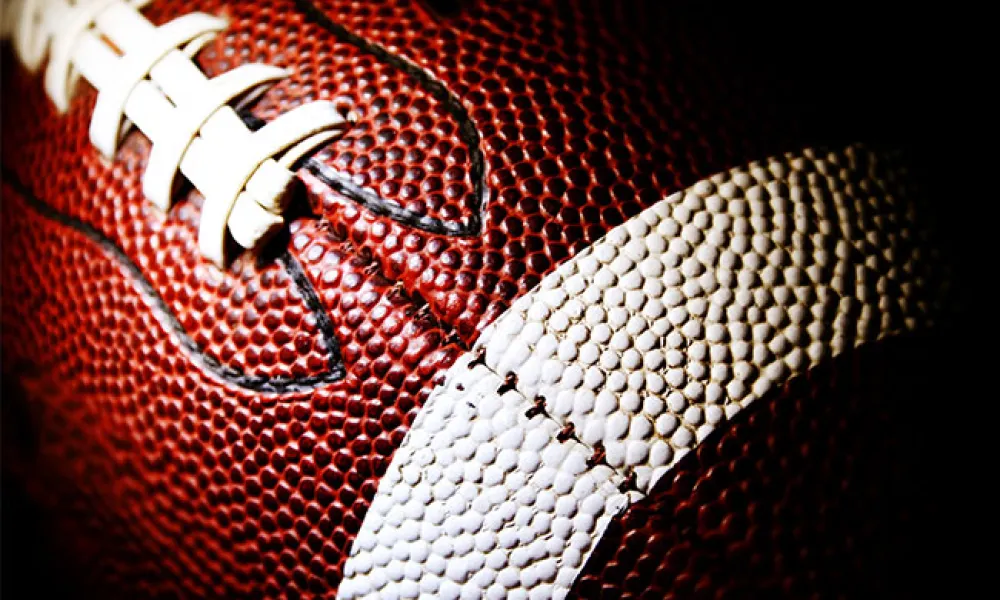As many in the Seattle area have heard, Earl Thomas, the superstar safety of the Seattle Seahawks, recently experienced a season-ending injury when he fractured his tibia during the team’s win over the Cardinals. Fall sports, like football, are a major reason why both professional and recreational athletes frequently experience injuries this time of year.
As an orthopedic clinic in Seattle, we’re focused on the news surrounding the injury itself – we’ll leave the contract controversy, gestures, and implications to be analyzed elsewhere. Thomas fractured the same tibia which he had also fractured in 2016, after allowing it to heal naturally. Another Seahawks player, Tyler Lockett, suffered a similar injury (fractured tibia and fibula) in 2016 and underwent surgery.
In the wake of Thomas’ most recent leg fracture, there has been speculation that Thomas could have been more susceptible to reinjury because he didn’t have it surgically repaired the first time. We decided to consult with one of our orthopedic doctors, Dr. Sean Haloman, M.D., for his professional evaluation of the injury and re-injury risk:
Is there any difference in re-injury risk when allowing a fracture to heal naturally, or after undergoing surgery?
“If the bone heals in a normal anatomic position, then over time the area around the fracture will have the same strength as the rest of the bone, and will have the same risk of a fracture as it did before the injury. If the bone heals in a non-anatomic position – angled or rotated – then it may have a higher risk of re-injury. Re-injury risk may be lower with surgery depending on the type of fixation. For example, if the tibia bone is fractured in the shaft and is fixed with an intramedullary rod, then the risk of refracture is lower because the rod will always be there to give secondary support to the bone.”
Are Tyler Lockett and Earl Thomas’ scenarios even comparable? If not, what other factors need to be considered?
“The two injuries are very different. Tyler Lockett had a very unstable tib/fib fracture that would have required surgery to obtain and maintain normal anatomy. Earl Thomas’s original fracture was likely aligned nicely and very stable, allowing him to recover without surgery. Certainly, if he had it fixed with an intramedullary rod, the chance of refracture would have been significantly lower. However, the players and their surgeons need to weigh the risks of surgery with the risks of fracture displacement or re-injury. In Earl Thomas’s case, assuming his fracture healed normally, he was likely at no greater risk of re-injury to that leg than he was by doing the same thing on his non-injured leg.”
What factors are considered when deciding whether to let a fracture heal naturally or undergo surgery?
“The main factors affecting the decision of how to treat fractures are how well the fracture is lined up, how many pieces the bone is fractured into, if the fracture can be maintained with a splint or cast, how other patients have done with similar fractures, whether or not the fracture is open (bone broke through the skin), or if there is damage to surrounding nerves or blood vessels. If alignment can be maintained in a cast and risk of later displacement is low, then the fracture can be treated without surgery. Otherwise, surgery may be the better answer.”
Sports injuries are highly common this time of year, occurring in athletes of any age or skill-level. Proliance Orthopedic Associates is committed to accurately diagnosing injuries and providing the most effective treatment to help get you back in the game and return to a healthy lifestyle. As official team doctors for local sports teams*, POA specializes in concussion testing and management, knee and hip surgery, sports medicine, and more. To learn more about fractures, injury prevention, or orthopedic health, contact us today.
We would like to extend our sincere thanks to Dr. Haloman for his contributions to this post.
*Proliance Orthopedic Associates is proud to serve as the official team doctors for the Seattle Thunderbirds and Tahoma High School.

